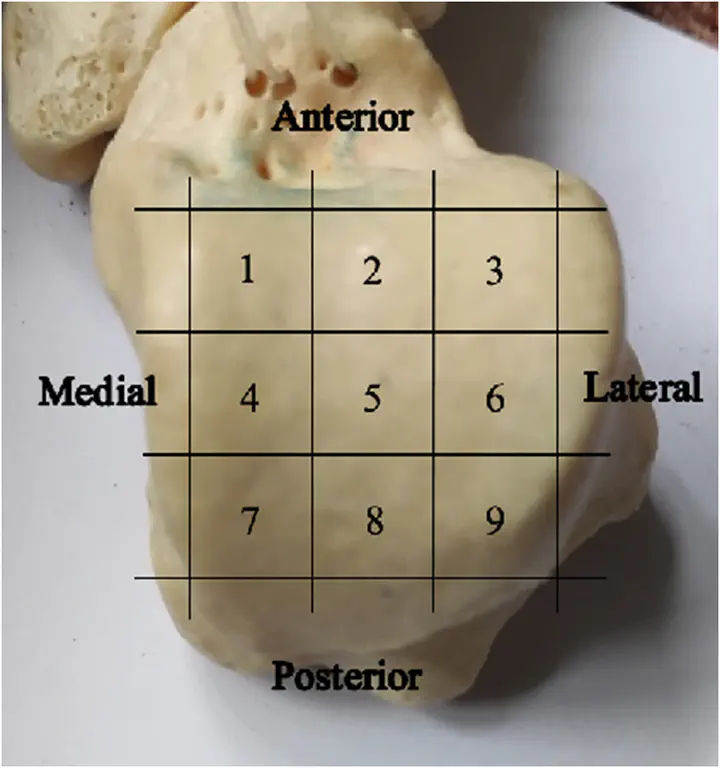
Abstract
Osteochondral lesions of the talus (OLTs) are a common complication following trauma, involving both the articular cartilage and the underlying subchondral bone, with variable aetiologies and often presenting with non-specific symptoms. Diagnosis of OLTs requires a combination of clinical assessment and imaging and despite many different treatment options, there is no generalised consensus regarding which option is the most effective. Left untreated, OLTs risk progressing to osteoarthritis. Acute non-displaced OLTs can be treated non-operatively. However, OLTs refractory to non-surgical care for three to six months may be suitable for surgical care. In these cases, conservative treatments are often unsuccessful, particularly for larger and more severe defects and so the majority require surgical intervention. Although bone marrow stimulation techniques remain the ‘gold standard’ for lesions <150 mm